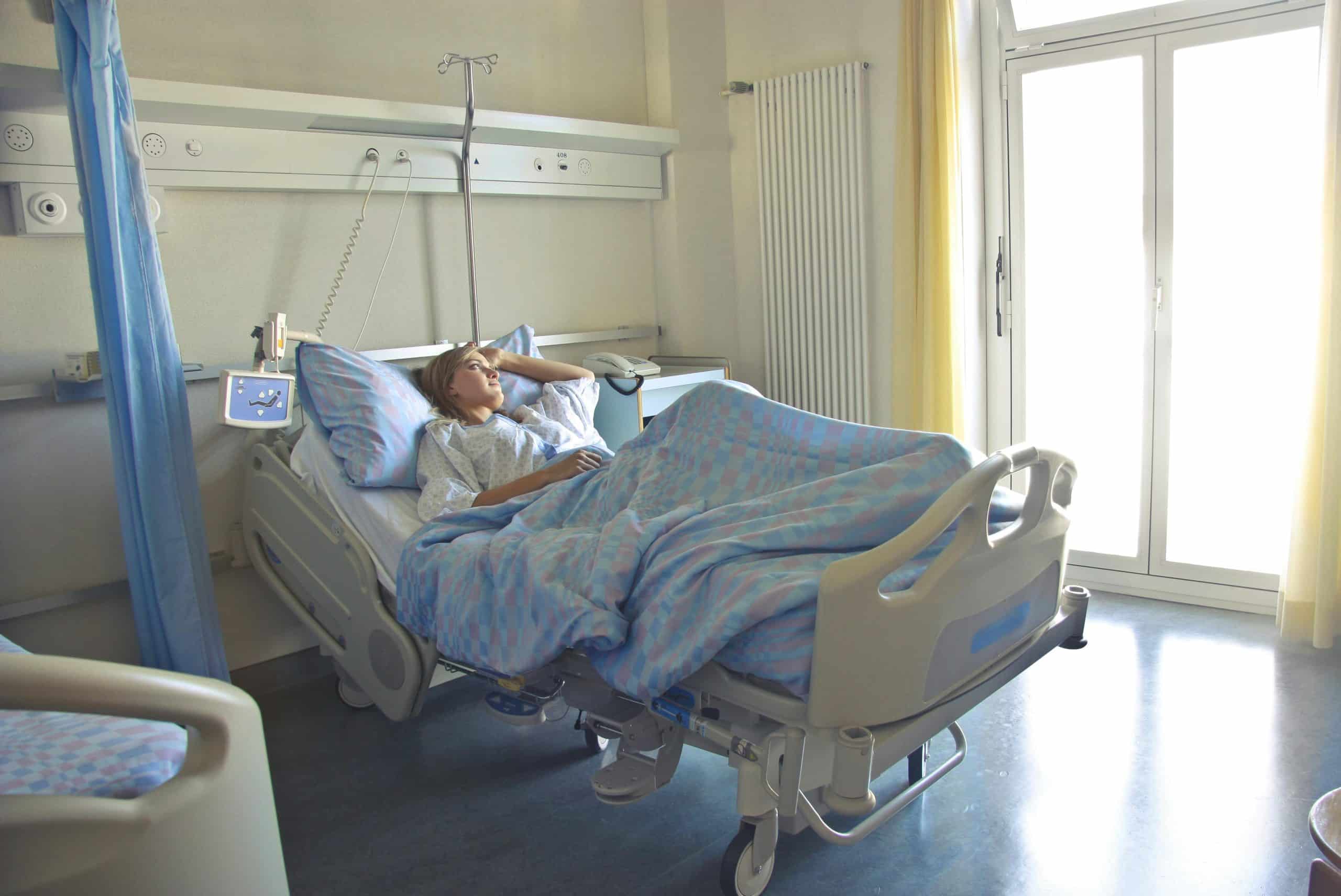What Role Does Pet Therapy Play in Improving Outcomes for Hospitalized Pediatric Patients?

In the realm of pediatric healthcare, a spectrum of interventions is continually under review by scholars and medical practitioners alike, aiming to optimize treatment outcomes for children admitted to hospitals. One such intervention that has grown increasingly prevalent in recent years is pet-assisted therapy. Leveraging the natural bond between humans and animals, particularly dogs, these therapeutic programs are designed to provide comfort, lessen stress, and facilitate recovery among pediatric patients. This article unpacks the essence of pet-assisted therapy, the scientific support behind its efficacy, and its intricacies in a hospital setting.
Pet Therapy: A Primer
Before delving into specifics, it’s essential to have a fundamental understanding of what pet therapy or animal-assisted interventions (AAI) are. In essence, pet therapy encompasses a variety of programs where animals, often dogs, are integrated into the therapeutic process. These interventions have gained momentum in pediatric settings, given their potential to ameliorate the hospital experience for children.
Avez-vous vu cela : How Effective Is the Anti-Inflammatory Diet in Reducing Symptoms of Crohn’s Disease?
The therapeutic value of animals has been recognized for centuries, with the first documented use of animal-assisted therapy dating back to the 18th century. However, it wasn’t until the late 20th century that organizations such as the Delta Society (now Pet Partners) and the American Kennel Club began formalizing pet therapy programs, bringing this unique modality of therapy into the mainstream.
In the modern context, pet therapy is used in a wide range of environments, from hospitals and nursing homes to schools and rehabilitation centers. Dogs, with their keen sense of empathy and connection with humans, are the most common animals involved in these interventions. The evidence to support these initiatives mainly relies on qualitative reviews, although quantitative studies are increasingly being conducted.
Cela peut vous intéresser : How Can Periodic Fasting Benefit Liver Health?
The Science Behind Pet-Assisted Interventions
The efficacy of pet-assisted interventions is not merely anecdotal. A growing body of scientific literature attests to the benefits of these programs for pediatric patients. Studies published on reputable databases like PubMed Central (PMC) and indexed on CrossRef support these claims, highlighting the positive impact of pet therapy on both psychological and physiological health.
One study outlined in PMC found that pet-assisted interventions significantly reduced anxiety levels among pediatric patients awaiting surgical procedures (doi:10.1002/pchj.14). Children who interacted with therapy dogs demonstrated lower heart rates and blood pressure levels compared with those who didn’t.
Another review published on Google Scholar highlighted the potential of pet therapy to address some of the social challenges experienced by children with Autism Spectrum Disorder (ASD). Interaction with therapy dogs was found to increase social interaction and reduce isolation among these patients (doi:10.1007/s10803-017-3443-5).
Integrating Pet Therapy in Hospitals
Implementing pet-assisted interventions in a hospital setting requires careful planning and handling. Not all children and their families may be comfortable with dogs, and concerns about hygiene and allergies also need to be addressed. Yet, many medical facilities have successfully integrated pet therapy into their practices, recognizing its potential benefits to pediatric patients.
In a hospital environment, therapy dogs can play various roles. They may serve as a comforting presence for children undergoing procedures, provide companionship for those staying in the hospital for extended periods, or even assist with physical rehabilitation exercises.
Case Study: Pet Therapy at John Hopkins Children’s Center
An exemplary model of successful pet therapy integration is the program at Johns Hopkins Children’s Center. In 2014, the hospital launched a pet therapy program called "Paws for Comfort," utilizing therapy dogs to provide emotional support to pediatric patients.
The program involves a careful selection and training process for the dogs, ensuring they are suited to the hospital environment. Additionally, the hospital maintains rigorous cleanliness standards, with each dog undergoing regular health checks and grooming.
Since its inception, the program has garnered positive reviews from patients, families, and staff alike. It has served as a model for other hospitals looking to implement similar programs. This case study underscores the potential for pet therapy to improve pediatric healthcare outcomes significantly.
The Future of Pet Therapy in Pediatric Healthcare
As scholars continue to study pet therapy, the body of evidence supporting its efficacy continues to grow. In turn, more hospitals are likely to adopt pet-assisted interventions as part of their standard care practices. However, it’s important to remember that pet therapy is just one tool in the healthcare arsenal. While it can certainly aid in improving pediatric patients’ hospital experiences, it is most effective when used alongside other therapeutic interventions.
Nevertheless, the future looks promising for pet therapy, especially in pediatric healthcare. With more research and carefully managed programs, these animal-assisted interventions could play a pivotal role in fostering better health outcomes for hospitalized children.
Evidence-Based Benefits of Pet Therapy
Delving deeper into the scientific evidence, animal-assisted interventions have shown considerable benefits for pediatric patients in the hospital setting. Research, available on databases such as PubMed Central (PMC), CrossRef Google Scholar, and others, clearly demonstrates these benefits.
For instance, a systematic review published in the Journal of Pediatric Nursing (doi: pubmed crossref:10.1016/j.pedn.2019.04.023) shows that animal-assisted therapy significantly improves mental health outcomes among hospitalized children. The study revealed that interaction with therapy dogs led to considerable reductions in the levels of stress hormones, such as cortisol, in pediatric patients.
Another compelling study published in the Journal of Pediatric Oncology Nursing (doi: pubmed crossref:10.1177/1043454214563763) found that pet therapy reduces pain perception among children undergoing cancer treatments. The therapeutic presence of a therapy dog helped distract the young patients from their physical discomfort, leading to a reported decrease in pain levels.
Moreover, a study in the American Journal of Cardiology (doi: pubmed crossref:10.1016/j.amjcard.2018.03.369) highlighted that pet therapy can be beneficial for children with cardiovascular issues. Following interaction with therapy dogs, pediatric patients showed improved heart rate variability, suggesting better heart health.
The Challenges and Ethical Considerations of Pet Therapy
While the benefits of pet therapy are promising, it’s crucial to address potential challenges and ethical considerations. For example, allergy risk is a significant concern. According to a study published in the Journal of Allergy and Clinical Immunology (doi: pubmed crossref:10.1016/j.jaci.2012.01.068), some children may have allergic reactions to pets, which could exacerbate their health conditions.
Infection risk is another issue, especially in a hospital setting where patients have weakened immune systems. A study in the Journal of Hospital Infection (doi: pubmed crossref:10.1016/j.jhin.2016.04.014) mentioned the potential for zoonotic infections – diseases that can be transmitted from animals to humans.
Thus, hospitals need to establish rigorous protocols to mitigate these risks. This includes regular health screenings for therapy dogs, ensuring they are up-to-date on vaccinations, and maintaining strict hygiene practices.
Conclusion
Undeniably, pet-assisted therapy has shown significant promise in improving the mental and physical health of hospitalized pediatric patients. Scientific research, as observed on platforms such as Google Scholar, PubMed, and CrossRef, provides a robust foundation for these claims.
However, as with any intervention in healthcare, it’s imperative to weigh the benefits against potential risks. This includes considering factors such as patient allergies and infection risks. Rigorous protocols and ethical considerations are essential to ensure the safety and well-being of all involved.
The future of pet therapy in pediatric healthcare seems promising. As more research unfolds and as healthcare professionals continue to adapt and innovate, more children may benefit from the healing power of our four-legged friends. With careful application and ongoing study, pet-assisted interventions may become an invaluable tool in pediatric healthcare, enhancing comfort and fostering recovery for our youngest patients.
